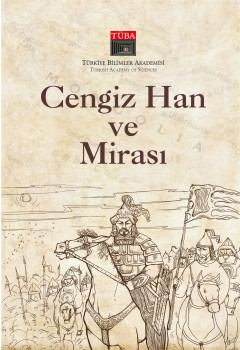The Second-Generation Successors of The Mongols: Administration in The Turco-Tatar Khanates

The Second-Generation Successors of The Mongols: Administration in The Turco-Tatar Khanates
Gradual divisions occurred in the Great Mongol Empire sometime after Genghis Khan’s death. The Golden Horde in the north of the Black Sea, the Chagatai Khanate in Turkestan, the Kublai Khanate in China, and the Ilkhanids in Iran appeared in the middle of the XIIIth century. These political organizations, descended from Genghis, were the first-generation successors of the Mongols. The situation was completely different in the dominions of the Kublai Khanate and the Ilkhanids. In contrast in the geographical regions that the Golden Horde and the Chagatay Khanate ruled steppe traditions were alive. Kublai Khanate ruled over the Chinese cultural geography, which dates to ancient times, and the Ilkhanids continued their existence in the Persian cultural circle with the creation of a strong civilization. Naturally, there were some changes in the administration styles of these successor states, molded by the local administrative features of their regions. Some signs of dissolution were seen in the Golden Horde, which interacted with the Russians who in the first half of the XVth century climbed the ladder of civilization later than Chinese and Iranians. At the time the state of the Golden Horde was disappearing from the stage of history it gave birth to its successors, which we call the Turco-Tatar khanates, such as Kazan, Crimea, Qasim, Sibir and Astrakhan. These states were the second-generation successors of the Mongols. Although they were the successors of the Golden Horde and originated from the same origin, the administration mentality of the khanates was different from one another. In fact, the Qasim Khanate entered the orbit of the Grand Duchy of Moscow while the Crimean Khanate recognized the high authority of the Ottoman Empire. The situation was different in Kazan, Sibir and Astrakhan khanates.
